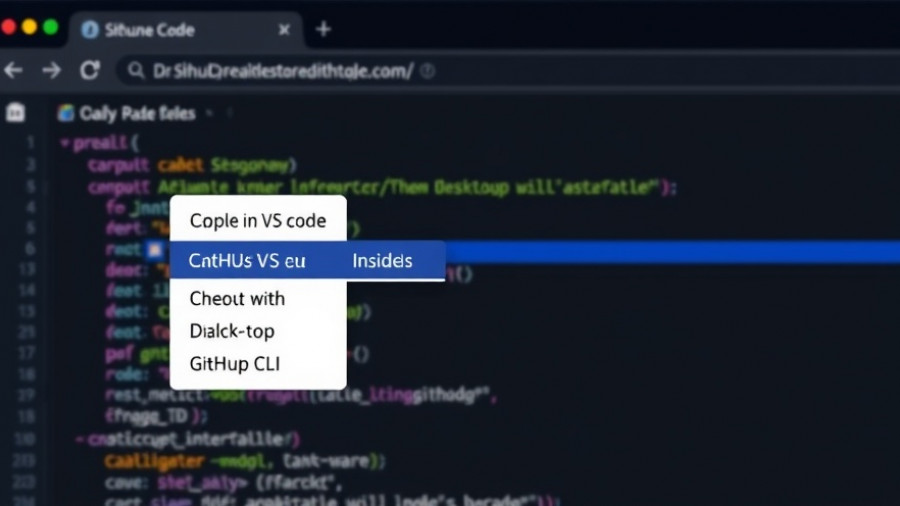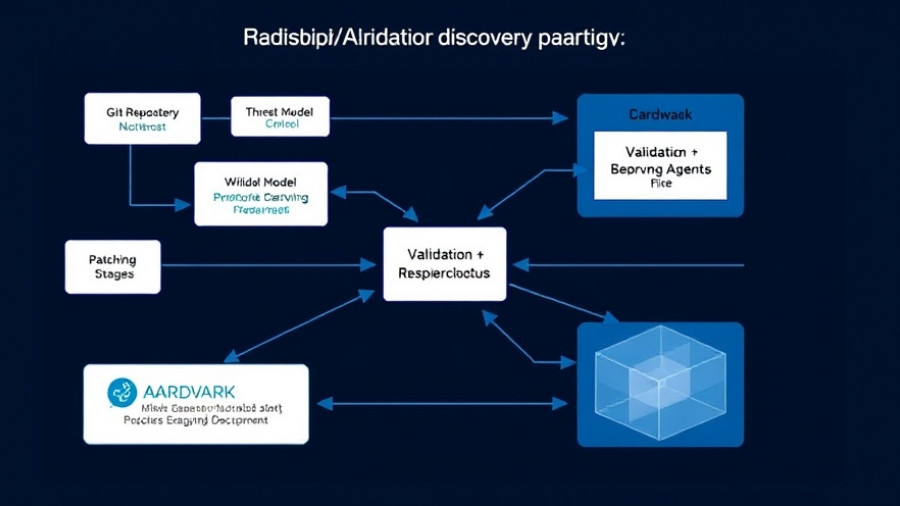
The Game of Telephone: Understanding AI Protocols
The realm of artificial intelligence (AI) is experiencing rapid evolution, heralding a new wave of autonomous decision-making software known as agentic AI. However, despite the promise these technologies hold in streamlining workflows and eliminating the need for constant human oversight, serious concerns lurk beneath the surface. One major issue revolves around the communication protocols that dictate how these AI agents interact with each other. Dr. Petros Efstathopoulos, Vice President of Research at RSAC, provides keen insights into the implications of these protocols and the underlying challenges they present.
Protocols: The Breath of AI Communication
Protocols act as the connective tissue between AI agents, allowing them to communicate and collaborate effectively. However, a common misconception is that these protocols are responsible for ensuring the accuracy and integrity of the data transmitted between agents. Efstathopoulos clarifies, "The protocol is just there to create the connection." While protocols play a crucial enabling role in stacking multiple agents, they do not inherently validate the information relayed through them.
The Amplification of Errors Within AI Systems
Because protocols merely facilitate the connection, errors made by one agent can cascade through the network, leading to amplified inaccuracy in outcomes. This phenomenon can be likened to a game of telephone, where a seemingly innocuous mistake can grow exponentially problematic. The fruit of collaborative AI—when agents are stacked together—may yield results further from the intended goal, especially when considering the quality of the input data. This poses a significant risk for organizations relying solely on these technologies without maintaining adequate human oversight.
Perceptions and Precautions for Users
As this technology continues to advance, its limitations require scrutiny. Users should not only be aware of the capabilities of agentic AI but also the vulnerabilities embedded within its frameworks. The absence of failsafe mechanisms for data integrity could lead to dire consequences, particularly in sectors where accuracy is paramount, such as finance or healthcare.
Learning from Technological Missteps
A historical perspective on technological evolution can provide valuable lessons. For instance, the integration of early computers without robust data verification processes led to significant setbacks in various industries. Similarly, today's AI applications demand a rigorous examination of their operational dynamics. Embracing a cautious yet progressive approach allows businesses to harness the full potential of agentic AI while safeguarding against its pitfalls.
Future Implications: Trust but Verify
Ultimately, the trajectory of agentic AI will depend on a better understanding of how we can secure communication protocols and enhance their error-checking capabilities. Emerging AI solutions must be developed with a robust foundational structure to build trust and reliance among users. Organizations adopting AI technology need to implement rigorous validation processes to counteract the inherent risks of stacked agents.
In conclusion, as we delve deeper into the world of agentic AI, it's essential to navigate carefully between its revolutionary potential and the historical lessons of tech missteps. Companies must strive for enhanced protocols and vigilant oversight, ensuring data integrity is prioritized throughout the development and implementation stages.
 Add Row
Add Row  Add
Add 




Write A Comment